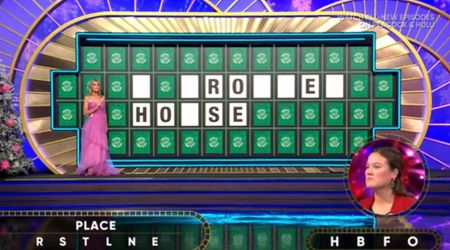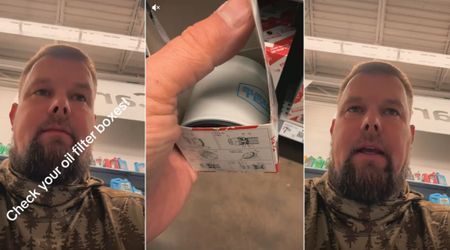'Antiques Roadshow' guest breaks down after expert revealed the value of a violin gifted by her dad

A lot of the items brought to "Antiques Roadshow" have immense sentimental value attached to them, especially since they are connected to loved ones and fond memories of the owners. It was visible in the case of one guest who had an emotional breakdown after finding out the true value of her father's special gift. She had received the violin as a child, and expert Frederick Oster told her that the item was made in Germany circa 1750 and could be worth over $20,000. Hearing this, the guest broke down, recalling how her father bought her the expensive violin.

The guest shared the surprising story of how she got the German-crafted violin from a dealer in Washington, D.C. in 1965. "I would have been starting sixth grade, so my mom wanted to start me on an instrument, a string instrument, and we chose the violin. So we went to downtown Washington, D.C.," she told Oster.
She explained that they went to a violin dealer who had several used instruments hanging from the ceiling. "I don't know how many, 50, 60 violins hanging from the ceiling. I mean, they must have been down low enough that you could grab them. But I just remember walking into this room, and I saw this violin in the back of it. It is kind of white, and then it goes out to brown. That's what caught my eye first. But then when he got it down for me, it had a wax seal on the back that says, 'M.D..'" she recalled.

The guest said that she was from Maryland, so she thought the M.D. stood for the state's name, and it was made in her home state. However, the price of the violin suggested otherwise. "It was $600 in 1965, but we bought a brand-new car to drive across country, and it was $3,000. And so, $600 of that at the time was a lot," she said. However, her dad got her the violin as a gift, and she was very happy to learn to play it.
Oster explained that the old label inside indicated that it was made in the 750s or the 1760s. He confirmed that the item was German and maybe made in Nuremberg or Vienna. "One of the better families of makers, perhaps the family named Widhalm," he noted. "Reminds me of Widhalm instruments. And one of the reasons it does is not just this beautiful outline, with these beautiful small edges and little corners, but also this really intricately carved head. Really clean work and the kind of work that was not quickly done. This is definitely handmade by a small workshop or a particular maker, and very high grade of work," he further added.

He further explained that despite being made of plain wood, the instrument was quite special. "All this brown, dark finish, that's original to it, and this used to cover the whole instrument. Over the years, that all gets worn down," he noted. He further explained that the model retained its original neck, which went against the trend of dealers replacing the old short necks of violins. But the instrument had been modernized in some ways, he remarked.
"But 19th-century modernized. It wouldn't take much to get this up to snuff cosmetically, but basically, structurally, it's great. There are some old cracks in the head, but I'm not that bothered by that," he added. Oster estimated that the violin could sell for at to $10,000 at least, in a retail shop. In a retail shop environment, it should be worth at least $10,000. This left the guest gasping for air as she said, "Oh, you've gotta be kidding."

The appraiser added that in overseas markets like Germany, the demand for such instruments is strong, and if the item were to be cleaned up and brought to modern standards, it could sell for over $20,000. By this time, the guest had broken down. "Oh, my goodness. That's incredible. It makes me miss my dad even more. He's gone," she said while in tears.
"You know, as I looked at how much he paid for it growing up, I realized it was a huge amount for that day and time. And I bet if my dad knew how much it was worth, he would still pay that much. He loved us that much," she added in the end.























